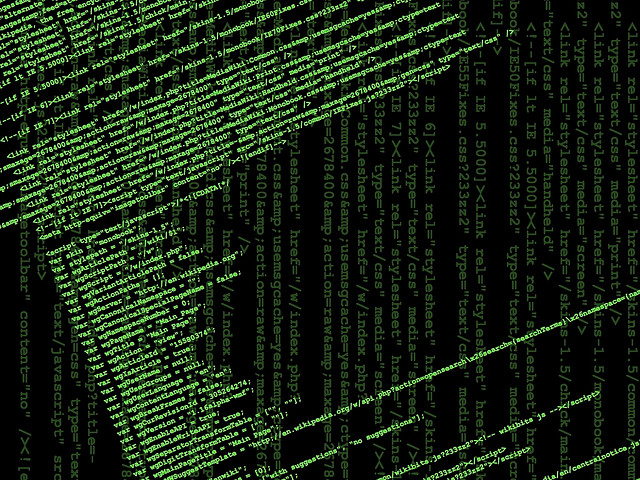As Matthew Davis explains, a database is useful as a methodological tool because it does not permit ambiguity. This means that all decisions must be documented and justified.[1] To create the schema for my database, I have already made important decisions about what data to extract from my primary documents – the Slave Narrative Collection, the first-person testimony culled from the Ku Klux Klan hearings, and the records of the Freedmen’s Bureau. Extracting some data does not require significant forethought, such as bibliographic information, dates, or geographic locations. Other data, however, require clearly defined keywords and a rigid workflow. When inputting data on incidents of racialized violence, for example, I must decide how to code types of violence. This issue will be the subject of my upcoming talk at the Graduate Colloquium on 26 April 2018. It is also necessary, however, to define resistance. Recently, there has been a proliferation of scholarship on resistance. But scholars have often failed to define resistance in any systematic way. This poses a challenge for creating a database that requires a concrete definition to ensure consistency. Where resistance is loosely defined, it is possible to see it almost everywhere and nowhere. This blog post, then, will outline how I define resistance.
According to Jocelyn Hollander and Rachel Einwohner, resistance has been variously defined as questioning and objecting, engaging in behaviour despite opposition, and opposing abusive behaviour and control.[2] For my purposes, resistance can be understood as an action that results from a conscious decision to thwart attempts at subjugation.[3] Resistance can be further defined as either formal or informal. Formal resistance refers to actions that are organized and conspicuous, whereas informal resistance refers to actions that are unorganized and clandestine. For most of the nineteenth century and early twentieth century, resistance to racialized violence was informal; African Americans relied on clandestine actions with limited risk of reprisal. My dissertation, therefore, is primarily concerned with informal resistance.
Read the full post here.
